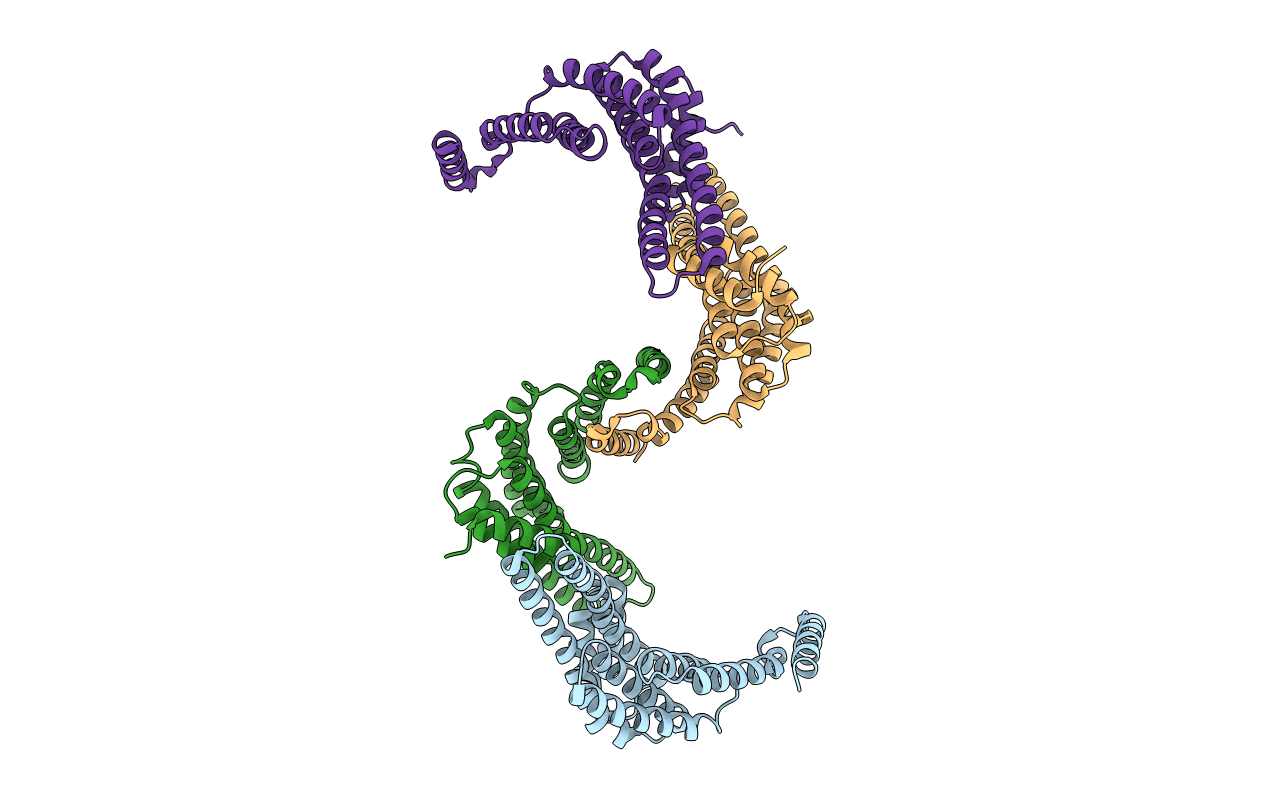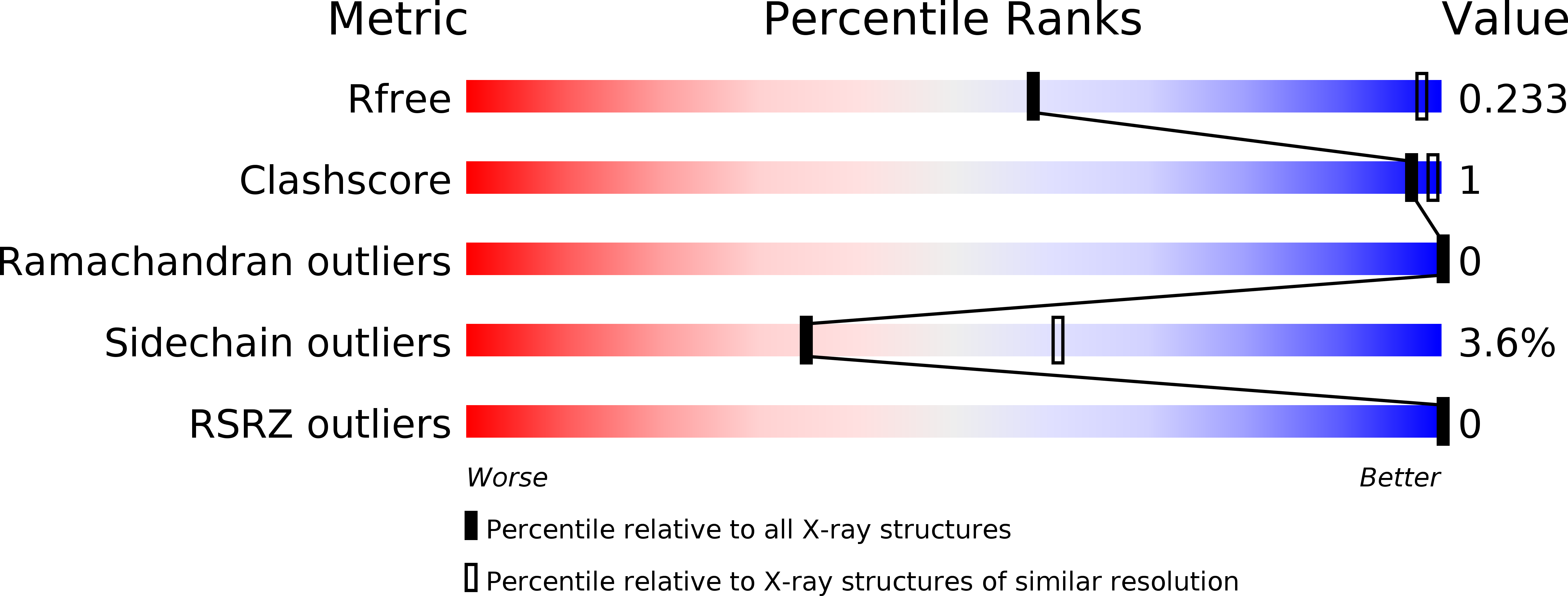
Deposition Date
2015-06-10
Release Date
2016-04-27
Last Version Date
2024-05-08
Entry Detail
PDB ID:
5BY9
Keywords:
Title:
The crystal structure of polyglycilated 14-3-3 protein from Giardia intestinalis
Biological Source:
Source Organism:
Giardia intestinalis (Taxon ID: 5741)
Host Organism:
Method Details:
Experimental Method:
Resolution:
4.00 Å
R-Value Free:
0.23
R-Value Work:
0.23
R-Value Observed:
0.23
Space Group:
P 32


